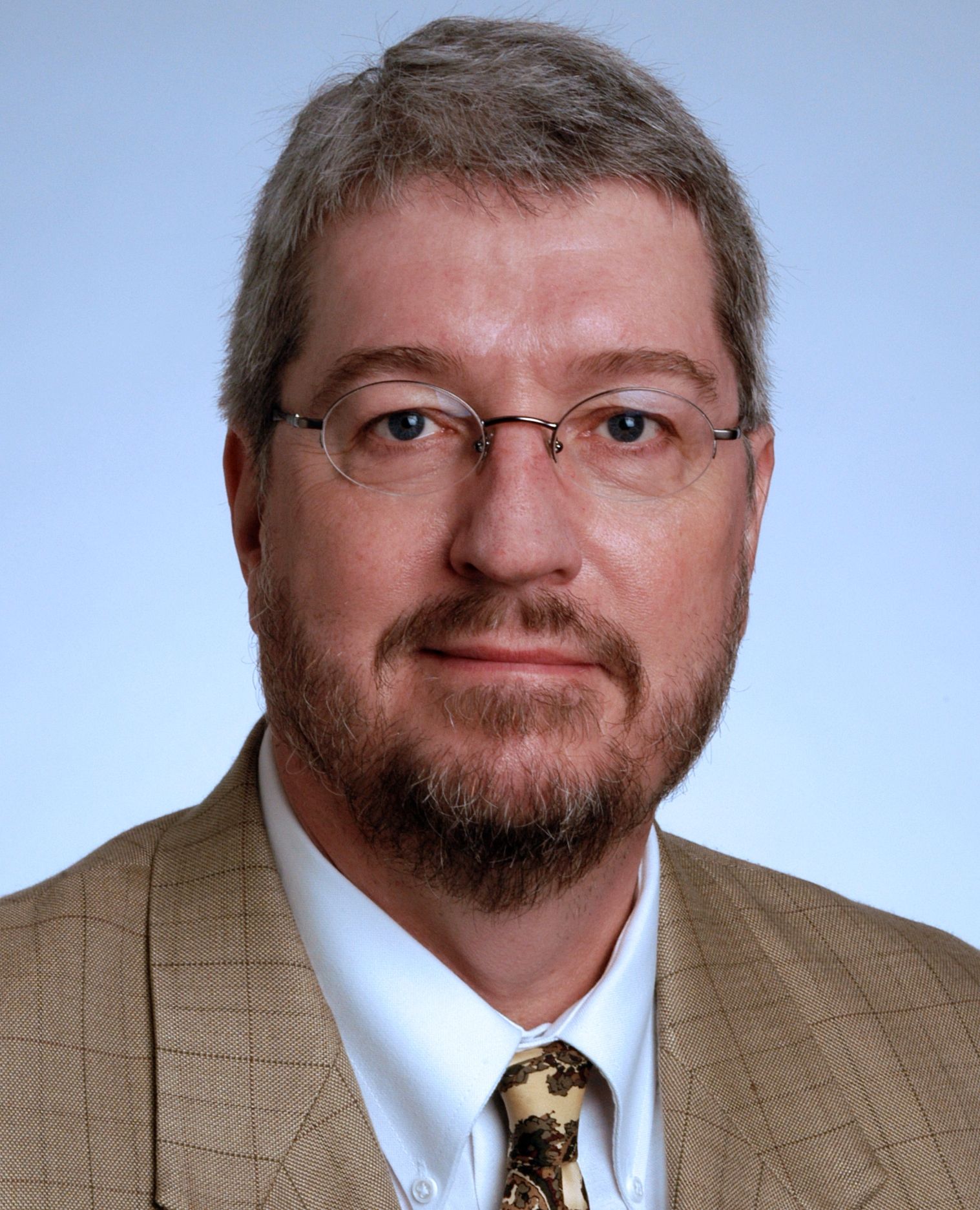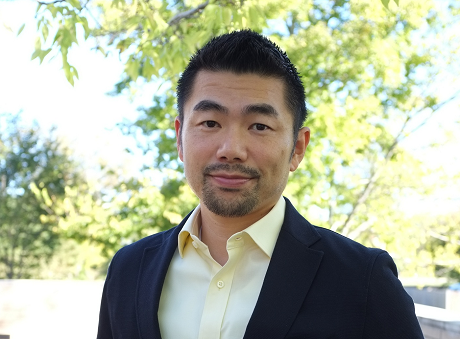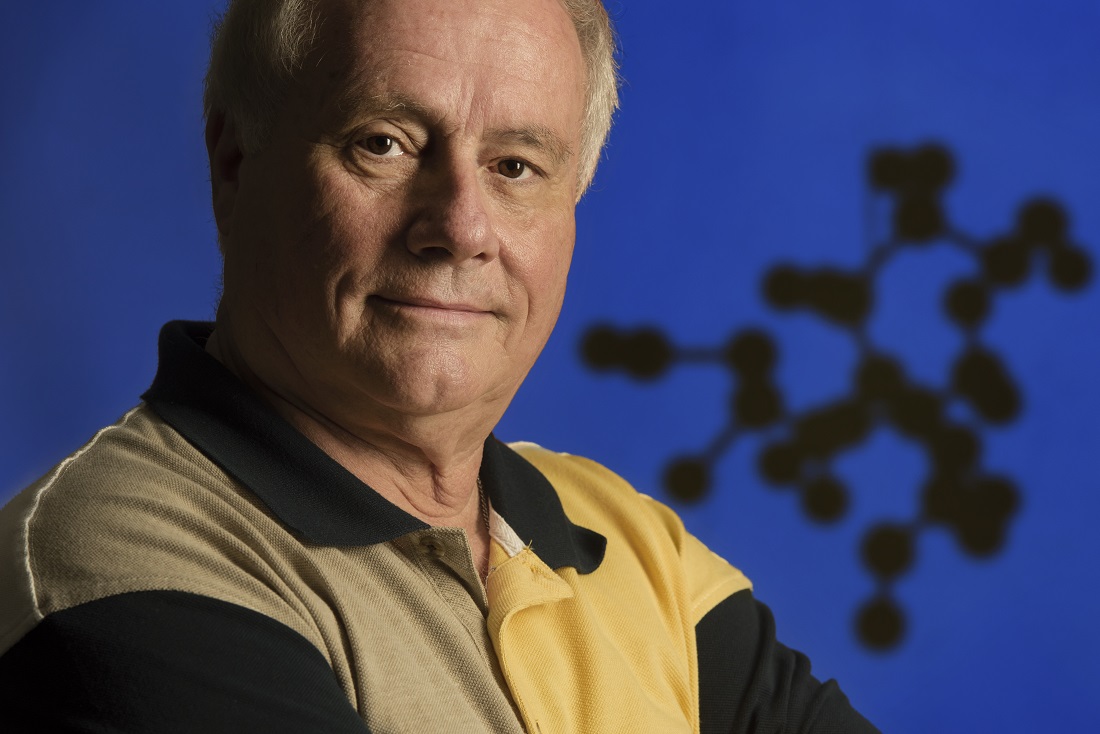New center a ‘boon for the university’
Dr. Jerry Darsey is a problem solver.
His services are in demand throughout the state, and he routinely uses complex computer processes to discover answers that might otherwise be inaccessible.
Still, Darsey was a little hesitant when a colleague from another Arkansas institution suggested he start a center to expand the availability of his molecular modeling expertise.
“I started thinking about it, and said, ‘Man, that’s going to be a lot of work,’” the UALR chemistry professor recalls.
At the same time, Darsey realized the potential — from discovering new medical treatments, to creating better alternative fuels. Given what the Center for Molecular Design and Development could accomplish, Darsey decided the endeavor was worth the effort.
“This is going to be a boon for the university,” he said.
As he began building his proposal, it didn’t take long for Darsey to realize he was right: Starting a center was a lot of work. But the project has been a labor of love — a venture he thinks ultimately could produce benefits on and off the UALR campus.
Computer modeling can be more cost effective and safer than physical experimentation, and it provides additional options that might open the door to new solutions, Darsey said.
Researchers at the Center for Molecular Design and Development will study a variety of particles, “from the smallest nanomolecules to proteins and everything in between,” Darsey said.
This modeling ultimately could lead to the discovery of practical medical drugs to treat a variety of ailments and diseases, or it might advance alternative fuel cell technology in a way that will help the economy and the environment.
“Some of the projects we’re working on are fairly substantial,” Darsey said.
The center also was designed to provide research to higher education institutions throughout the state.
‘Pioneering steps’
 This is the first center of its kind in the College of Arts, Letters and Sciences, said Dr. Shearle Furnish, founding dean of the college, but others might follow.
This is the first center of its kind in the College of Arts, Letters and Sciences, said Dr. Shearle Furnish, founding dean of the college, but others might follow.
“In this way, Prof. Darsey’s efforts are pioneering steps for the college,” Furnish said.
Furnish said he and others in the college will eagerly follow the center’s early developments.
“The potentials that may be reached are breathtaking and equally significant for science and for society,” Furnish said.
As director of the center, Darsey will spend a considerable amount of time training a staff of postdoctoral, graduate, and undergraduate researchers.
“We’re really getting a tremendous amount of brainpower,” Darsey said about the research post-doc staff members can produce.
There’s also value to the students and the university in having undergraduate students engaged in the molecular modeling.
“Our entire (Chemistry Department) strives very hard to get undergraduate students involved in research,” Darsey said. “We make research a very high priority.”
Building a team
Assembling a talented and experienced board of advisors was one of Darsey’s initial focuses, and he’s proud of the six-member board he recruited to help ensure the center’s success.
That group includes a former president of the American Chemical Society as well as experts in the fields of physics, electrical engineering, nanomaterials and engineering orbital dynamics simulations.
“These are really some top-notch people,” Darsey said.
Among the advisory board members is a UALR faculty member, Dr. Kenji Yoshigoe, professor and chair of the Computer Science Department, as well as the director of two other centers: the NSA/DHS Designated National Center of Academic Excellence in Cyber Defense Education (CAE-CDE), and the UALR Computational Research Center (CRC). 
Darsey has been an integral part of the Computational Research Center’s endeavors, collaborating on a 3-D protein structure study — an initiative that helped the university deploy a high-performance storage project in the fall of 2014, Yoshigoe said.
“Now that the (Center for Molecular Design and Development) is official, we can closely collaborate with and receive resources and expertise through national organizations such as Oak Ridge National Laboratory and NASA,” Yoshigoe said.
Darsey said Yoshigoe plays an important role in his work, particularly in writing successful grants to get the computer power necessary to run sophisticated simulations and modeling. Darsey added that the center “wouldn’t exist” without Albert Everett, UALR application support analyst, who keeps the computers updated and running.
“There’s a lot of people who are very vital to the success of this center,” Darsey said.
Darsey’s focus and persistence as he built the center were commendable, Furnish said.
“To achieve the realization of the center, he has needed to create friendships and broker support of great significance,” he said. Those were remarkable achievements, Furnish said.
Next phase
When Darsey found out his center proposal was approved this summer, getting a website up and seeking funds from outside the university became critical tasks.
Staffing will depend, in large part, on how effectively Darsey raises money. Besides seeking research grants, the center will collect donations through a UALR Foundation account that can be found at http://ualr.at/CenterSupport
In its current space, Darsey’s chemistry lab, the center has room for four researchers, so if there’s funding for more, Darsey will need to find a new location.
That’s a challenge Darsey wouldn’t mind tackling — no matter how much work it might take.
